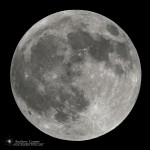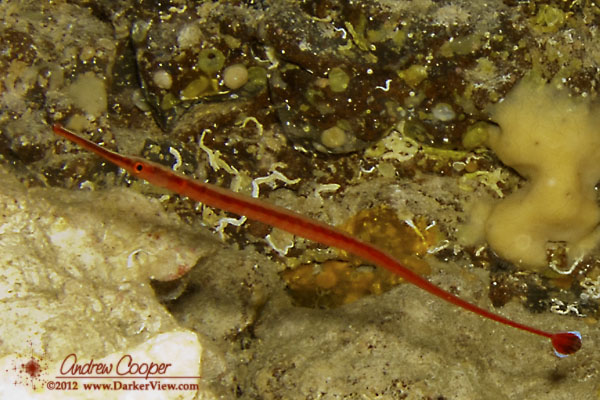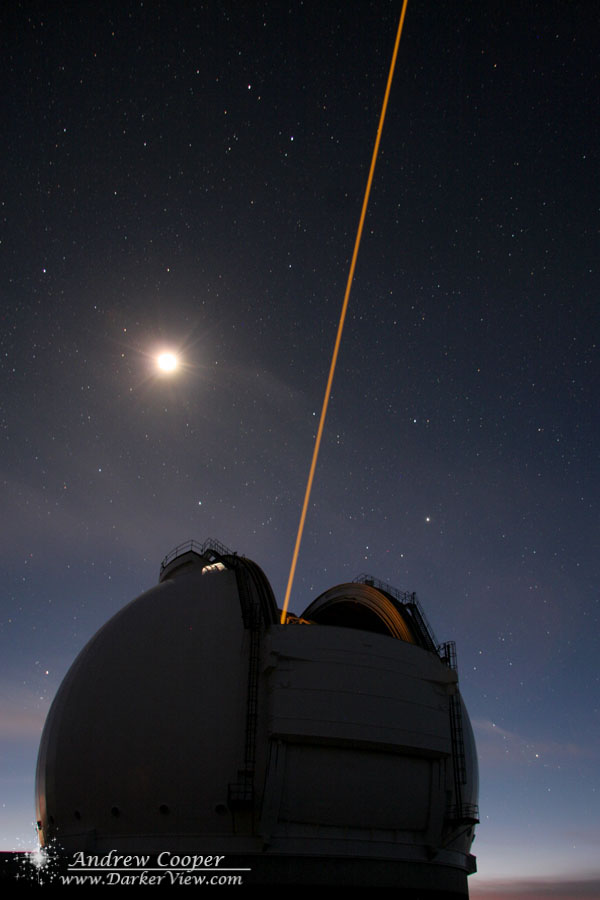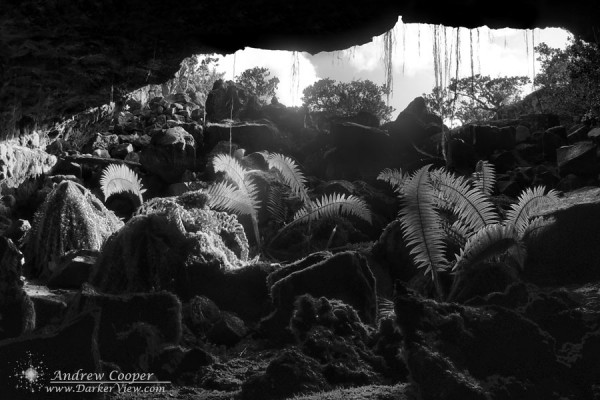
Author: Andrew
Employment at Keck – Scientific Programmer
W. M. Keck Observatory Position Announcement…
The W. M. Keck Observatory (WMKO) has an immediate opening for a software engineer to support scientific programming needs for the Keck Observatory Archive (KOA). The successful candidate will work with the Keck Archive Scientist and other members of the KOA team and software group on all aspects of KOA software development: defining requirements, developing algorithms, writing applications, testing and implementing software, preparing documentation, and supporting software and users. Special attention will be paid to applicants with strong skills and experience in astronomical data reduction, especially spectroscopy.

Minimum qualifications for this position include a Bachelor’s degree in computer or physical sciences, or engineering, and at least 5 years of programming experience. Required are a good knowledge of database design, a high level of competency in SQL, PHP, C and C++ or JAVA programming; good knowledge of IDL, IRAF, Matlab or Python; experience in a Unix environment, experience developing web enabled database applications, good communication skills, good applied mathematical/statistical skills and the ability to work as part of a team. Desirable skills include an advanced degree, knowledge of astronomical data archive, familiarity with FITS data format, astronomical CCD image data, and astronomical data manipulation software.
This position requires you to submit your resume on-line at: http://keckobservatory.iapplicants.com/ViewJob-324999.html with your cover letter that states why you are uniquely qualified for the position.
Additional information about WMKO and this position may be found on our web site at www.keckobservatory.org
Postcard from the Reef – Redstripe Pipefish
Postcard from the Summit – Mirror in the Hall
The radio call goes out… “Mirror in the hall, mirror in the hall!” Everyone gets out of the way as a mirror segment is rolled down the central hallway. It is being moved to the coating facility where it will be cleaned, stripped and re-coated with a layer of fresh aluminum.

Postcard from the Summit – Sunrise
Mercury at Maximum Elongation
Today Mercury reaches maximum elongation, the furthest point it will reach from the Sun in the sky and the highest it will be above the sunset this apparition. The planet is easily visible as a bright, starlike object about 15° above the setting Sun as the sky grows dark. Over the next couple weeks Mercury will slide back into the sunset, heading for inferior conjunction on Jul 28.
Postcard from the Summit – First Target of the Night
Postcard from the Reef – Rosy Phyllidia
A nice day for a dive, and a new species of nudibrach for me. At first I thought it might simply be a juvenile P. varicosa, but there were no yellow pertuberances. Getting back I hit the books, no doubt, P. rosans. New species! This fellow was in a cave at Puako I have entered a dozen times. Even in a place I have often explored I can find something new…

The Moon and Saturn
Saturn, the Moon and Spica will form a trio high in the sky at sunset tonight. The three will be within 7° of each other. The gibbous Moon will be 62% illuminated. Saturn will be shining at 0.4 magnitude while Spica is very close to 1.0 magnitude. Look for the planet Mars 25° west of Saturn at about the same brightness.




